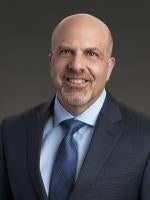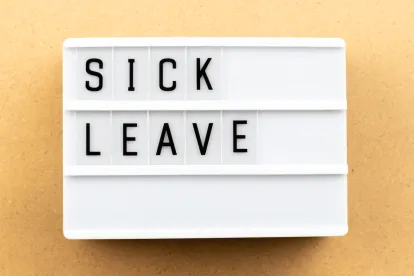The New York legislature has enacted a new law in response to the growing public health and economic crisis caused by COVID-19. Effective immediately, the New York Quarantine Leave Law provides job-protected leave, and in some instances paid leave, for employees subject to a mandatory or precautionary quarantine or isolation order due to the coronavirus. Employers should take careful note of the new requirements laid out below and the ways in which this law will work in conjunction with existing state law, as well as the Emergency Family and Medical Leave Expansion Act and the Emergency Paid Sick Leave Act.
Paid/Unpaid Job-Protected Leave
Employees are eligible for leave if they or their minor child are “subject to a mandatory or precautionary order of quarantine or isolation issued by the state of New York, the department of health, local board of health, or any governmental entity duly authorized to issue such order due to COVID-19.” Whether the leave is paid or unpaid, and the length of the leave, depends on the size of the employer as of January 1, 2020, and whether the employer is public or private.
- Employers with 10 or fewer employees and a net annual income of less than $1 million in the last year must provide employees with unpaid leave for the duration of the quarantine or isolation order.
- Employers with 11 to 99 employees, and smaller employers with 1 to 10 employees and a net annual income greater than $1 million last year, must provide employees with at least 5 days of paid sick leave, followed by unpaid leave for the duration of the quarantine or isolation order.
- Employers with over 100 employees, and public employers, must provide employees with at least 14 days of paid sick leave, followed by unpaid leave for the duration of the quarantine or isolation order.
- For employees who receive less than 14 days of paid leave, the law expands the definition of “disability” under existing laws to include inability to work as a result of a quarantine or isolation order, and expands New York’s Paid Family Leave Law (NYPFL) to cover an employee’s leave if the employee or the employee’s minor dependent child is subject to such an order. Therefore, employees in this category are eligible for disability benefits as well as leave pursuant to the NYPFL. Notably, the law eliminates the seven-day waiting period for disability benefits.
Any paid leave taken pursuant to this law is in addition to any employer-provided sick leave, as the law specifies that leave must be provided without loss of other accrued sick leave available to the employee. All employers, regardless of size, must continue to provide health insurance to employees while they are on leave and continue to contribute to the cost of that insurance to the extent the employer provides it. The law further requires that employers reinstate employees to the same or a comparable position upon returning to work upon expiration of the statutorily mandated leave and prohibits employers from discriminating or retaliating against employees for taking quarantine or isolation-related leave.
Additional Provisions
The following provisions apply to all employees, regardless of the size of their employer:
- Employees are not eligible for leave if they are asymptomatic or have not been diagnosed with a medical condition and have the ability work remotely or through other means during the quarantine or isolation order.
- Employees are not eligible for leave if they have recently returned to the United States after non-business related travel to a country covered by a level two or three health travel notice by the Centers for Disease Control (“CDC”) if the employee was provided with notice of the CDC advisory and chose to travel anyway.
- The law waives the one week waiting period for unemployment insurance benefits, allowing employees who are unable to work because their employer is closed due to COVID-19 to collect benefits immediately.
Integration With Existing Laws
As noted above, the new law specifically expands eligibility for leave under NYPFL. It also provides that all employers remain subject to any local laws, such as New York City’s Paid Sick Leave Law, that may exceed the quarantine law’s leave requirements. With regard to the expansion of the FMLA and the Emergency Paid Sick Leave Law, both of which go into effect on April 2, 2020, New York’s new law specifies that it will supplement the benefits offered by the federal government, up to the difference between the greater benefits offered under New York’s law as compared to the provisions in the federal law.
Next Steps for New York Employers
As a first step, employers should confirm their headcount to identify the applicable provisions of the law. Employers are also responsible for alerting employees of their rights under this new law. Given the anticipated length of this crisis, employers should consider revising existing sick leave policies with temporary provisions that account for new federal and state legislation. Finally, as this law and the new federal law do not apply to employees who can telecommute, employers should continue to reevaluate each employee’s ability to perform the functions of his or her position at home.




 />i
/>i

